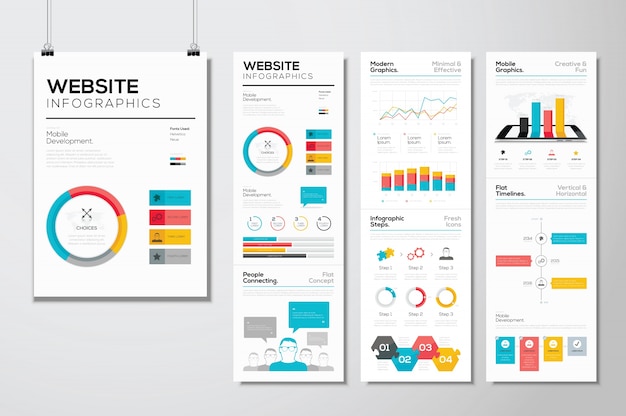The Evolution Of Internet Site Style: From Past To Existing
The Evolution Of Internet Site Style: From Past To Existing
Blog Article
Write-Up Author-Pappas Trolle
In the past, sites were straightforward and concentrated on information. Navigation was straight, and style was for desktop computers. Now, user experience is vital. Data guides designs for simple navigation. Responsive designs match different devices. Today, dark mode reduces pressure, and minimalist food selections boost navigating. Interactive attributes engage users, and vibrant visuals stand out. AI integration improves engagement. See just how layout has evolved to improve your on the internet trip.
Very Early Days of Website Design
In the early days of web design, simpleness preponderated. Websites were basic, with minimal shades, typefaces, and layouts. The focus got on offering info instead of flashy visuals. Individuals accessed the internet via slow-moving dial-up connections, so rate and functionality were key.
Navigating food selections were straightforward, usually located at the top or side of the page. Web sites were developed for computer, as mobile surfing had not been yet prevalent. Content was king, and developers focused on simple readability over complicated layout elements.
HTML was the main coding language made use of, and developers had to work within its constraints. Computer animations and interactive attributes were minimal compared to today's requirements. Internet sites were static, with little vibrant content or tailored individual experiences.
Increase of User-Focused Style
With the advancement of site layout, a change in the direction of user-focused style principles has actually become significantly popular. Today, developing internet sites that prioritize user experience is essential for engaging site visitors and accomplishing organization objectives. User-focused layout involves understanding the needs, preferences, and actions of your target market to tailor the site's layout, web content, and features as necessary.
Designers currently carry out comprehensive research study, such as individual studies and use testing, to gather understandings and feedback directly from users. This data-driven technique assists in creating instinctive navigation, clear calls-to-action, and aesthetically appealing user interfaces that reverberate with site visitors. By placing the individual at the facility of the design procedure, web sites can deliver a much more customized and enjoyable experience.
Receptive style has actually additionally become an essential element of user-focused design, ensuring that web sites are optimized for different devices and screen dimensions. This versatility enhances ease of access and functionality, dealing with the diverse means customers interact with internet sites today. Fundamentally, the rise of user-focused style symbolizes a change towards producing digital experiences that prioritize the needs and expectations of completion user.
Modern Trends in Web Design
Check out the current trends forming web design today. One noticeable trend is dark mode layout, using a sleek and modern-day appearance while decreasing eye pressure in low-light settings. One more crucial fad is minimal navigating, streamlining menus and improving individual experience by concentrating on essential elements. Incorporating micro-interactions, such as animated buttons or scrolling impacts, can produce an extra interesting and interactive site. Responsive layout continues to be important, making certain smooth individual experiences across different tools. Additionally, making use of strong typography and unbalanced designs can add visual interest and draw attention to details content.
Incorporating AI modern technology, like chatbots for consumer support or individualized suggestions, improves user engagement and enhances procedures. Ease of access has additionally become a considerable trend, with designers focusing on comprehensive style methods to deal with varied customer needs. Accepting sustainability by enhancing website efficiency for speed and effectiveness is another arising trend in website design. Teaming up with individual feedback and data analytics to repeat and boost layout continuously is vital for remaining appropriate in the ever-evolving electronic landscape. By accepting https://www.globenewswire.com/en/news-release/2022/05/22/2448012/0/en/How-a-Digital-Marketing-Agency-Can-Help-Build-Business.html -day trends, you can produce an aesthetically enticing, user-friendly internet site that resonates with your target market.
Verdict
As you review the development of web site style from the early days to now, you can see how user-focused layout has ended up being the driving force behind modern-day fads.
Accept the journey of adjustment and adaptation in website design, always maintaining the individual experience at the forefront.
Keep present with the current fads and technologies, and never quit advancing your technique to produce aesthetically stunning and straightforward websites.
Advance, adjust, and produce - the future of web design remains in your hands.
